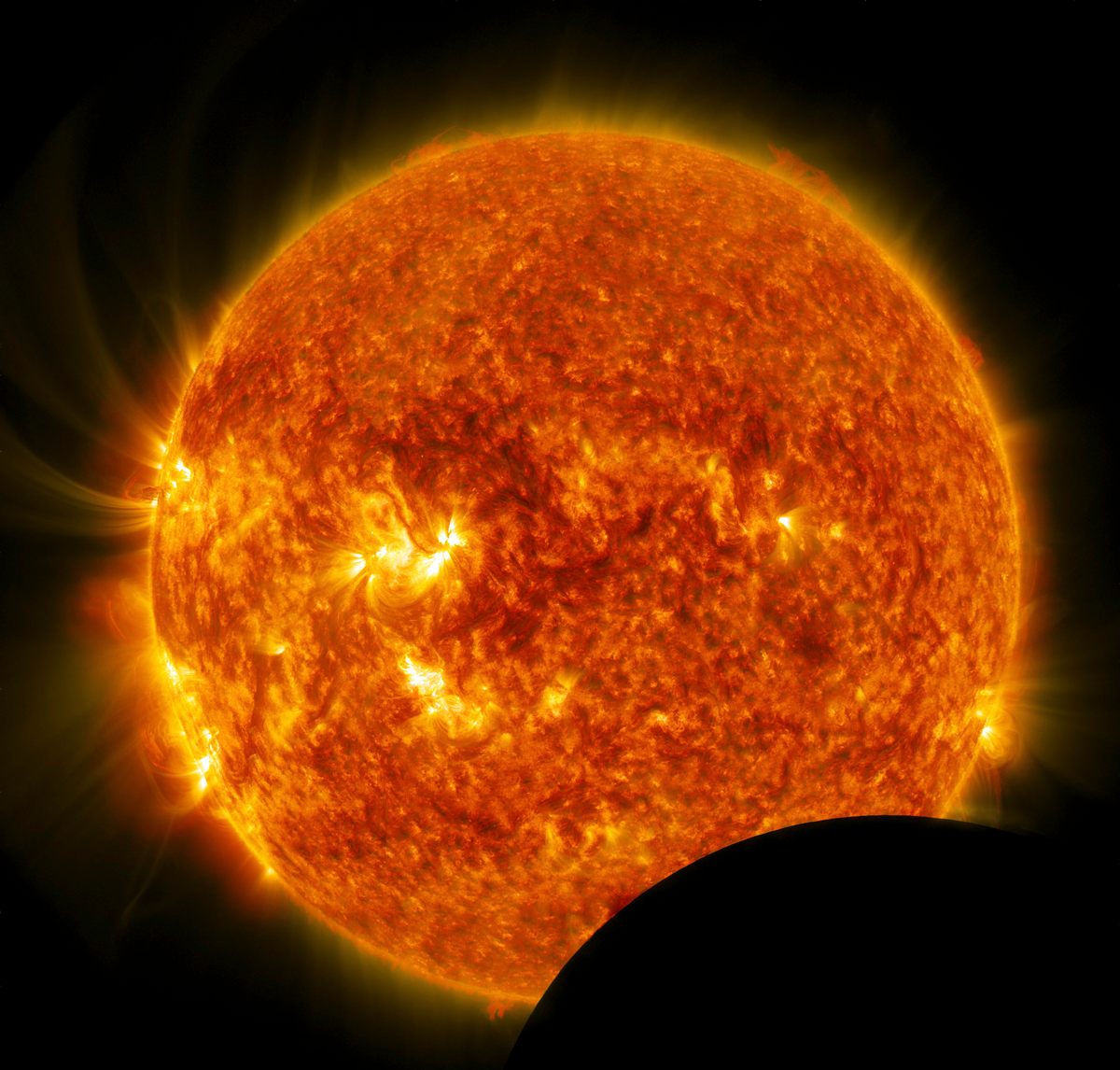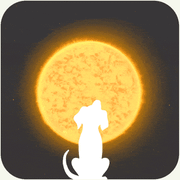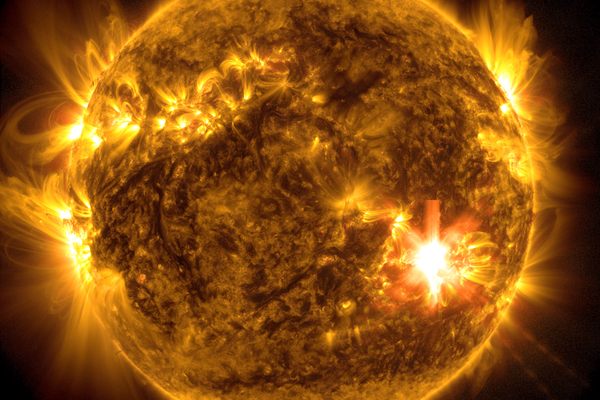Coronium, One of the Most Enduring Mysteries (and Mistakes) in Eclipse Science
During the 1869 total solar eclipse, astronomers thought they had discovered a new element. They were wrong, and the truth was much weirder.

It was July 1869, and astronomers were making frantic preparations. A total solar eclipse was coming to the United States, and new, fundamental knowledge was going to be there for the taking, by whoever got there first. Scientific expeditions were planned to travel into the path of totality to peer at the Sun, and the rare sight of its ghostly, pale outer atmosphere.
There was good reason to be excited. Just a few months prior, scientists studying another eclipse, in India, had found a new chemical element inside the Sun, which was more readily observed during the event. What else was lurking behind the Moon’s shadow?
In the 19th century, during what historian Richard Holmes has called “the Age of Wonder,” scientific discoveries were happening at breakneck speeds. Sometimes discoveries were so monumental that scientists did not have the background knowledge to make sense of what they saw.

Among many advances, German physicist Joseph von Fraunhofer showed that the Sun’s spectrum included lines, like a barcode, overlaying the band of colors that make up sunlight. These lines can reveal the presence of elements inside our star. They were finding proof of hydrogen, sodium, iron, and other chemicals within the star closest to us. (And in the early 1860s, a pair of married English astronomers named William and Margaret Huggins turned these techniques on other stars, too.)

With each eclipse came a new opportunity to study the Sun like never before. When its full disk is obscured by the Moon, we can peer at its atmosphere in detail. In October 1868, two astronomers, Pierre Jules César Janssen and Joseph Norman Lockyer, separately measured the Sun’s spectrum during a total eclipse. Each found evidence of a new line in the yellow part of sunlight that did not correspond to any known element, indicating a new discovery. Viewing it from smog-choked London, Lockyer assumed the new line was a metal, and he dubbed it helium, after the Greek god of the sun, Helios.
This discovery would lay the groundwork for one of the greatest eclipse mistakes—and one of the most enduring solar mysteries—in human history.
With helium freshly found, astronomers realized that eclipses could lead to other new findings. Lockyer in particular became an outspoken proponent of eclipse expeditions and began planning travel for a solar eclipse in India. His idea caught on, and astronomers in the U.S., which was eager to prove itself as a modern nation, were keen to observe the total eclipse of Aug. 7, 1869, which would cross North America from southern Alaska down through North Carolina.
Astronomers fanned out across the Midwest. Two chose Iowa: Charles Augustinus Young, a professor at Dartmouth College, traveled to Burlington, and William Harkness, a lieutenant commander and math professor in the Navy, traveled to Des Moines. (By the way, that is not the same William Harkness of Standard Oil fame immortalized in a Taylor Swift song, in case you were wondering.) As the Moon slipped in front of the Sun, both astronomers trained their telescopes on the Sun’s ghostly crown of flame.
Just as Lockyer and Janssen had a year prior, Young and Harkness saw a new “barcode” line in the Sun’s spectrum, only this one was bright green instead of yellow. Harkness was satisfied the discovery would go down in history: “We have succeeded beyond our most sanguine expectations,” he wrote. He and others hypothesized that the green line indicated another new element, later dubbed coronium. In 1902, Dimitri Mendeleev, father of the periodic table of the elements, renamed it newtonium. But regardless of what they called it, scientists struggled to understand it for decades.

Proving any new element exists requires replication in a lab, and in natural phenomena when possible. The discovery of helium in sunlight, for example, initially met with skepticism and ridicule—until 1882, when Italian physicist Luigi Palmieri analyzed hot gasses belching from Mount Vesuvius and found the same yellow spectral line Lockyer and Janssen had seen during an eclipse. A decade later, chemists produced helium in a lab, confirming its existence.
But no one could independently confirm coronium. In the 1930s, Swedish astronomer Bengt Edlen determined that coronium was not a new element after all. Instead, it was a form of iron that had been shockingly transformed, with 13 of its 26 electrons cooked off in temperatures so hot they seemed impossible.
To transform iron this way would require temperatures near 1 million degrees Celsius (more than 1.8 million degrees Fahrenheit). That is unspeakably hot, far hotter than the surface of the Sun. Edlen’s discovery didn’t make much sense—and, in fact, it still doesn’t. For nearly a century, solar scientists have tried to understand how the Sun’s atmosphere could reach these temperatures. It remains one of the biggest questions in physics, and new spacecraft studying the Sun are now on the cusp of solving it.
The April 8 eclipse will provide new ways to study our star, and all the light that spills forth from its atmosphere. The mistaken discovery of coronium illustrates how the more we understand, the deeper our questions—and sometimes the answers show us how little we really understand.
Wondersky columnist Rebecca Boyle is the author of Our Moon: How Earth’s Celestial Companion Transformed the Planet, Guided Evolution, and Made Us Who We Are (January 2024, Random House). She is a featured speaker at Atlas Obscura’s Ecliptic Festival, April 5-8, 2024, in Hot Springs, Ark.


















Follow us on Twitter to get the latest on the world's hidden wonders.
Like us on Facebook to get the latest on the world's hidden wonders.
Follow us on Twitter Like us on Facebook